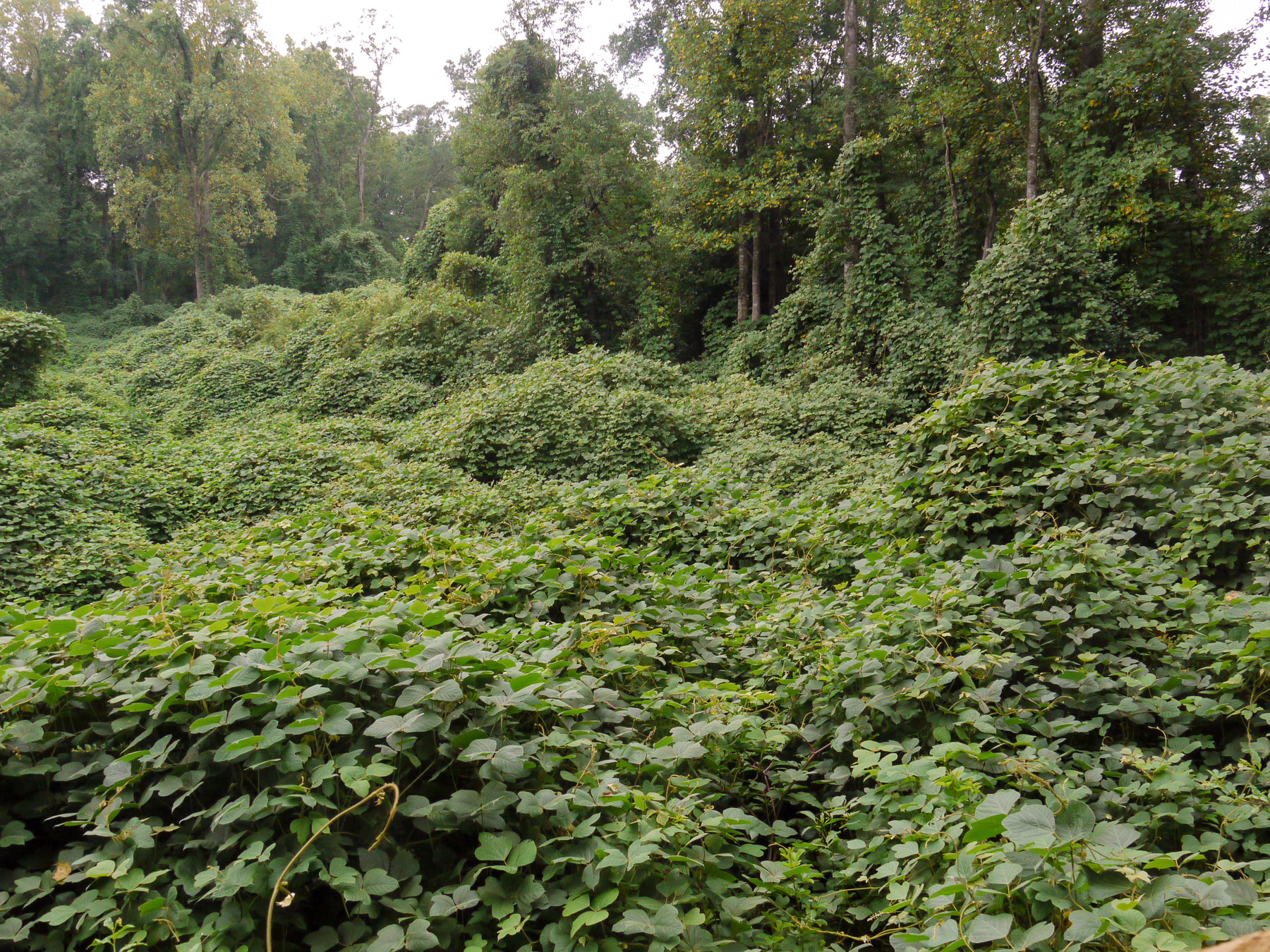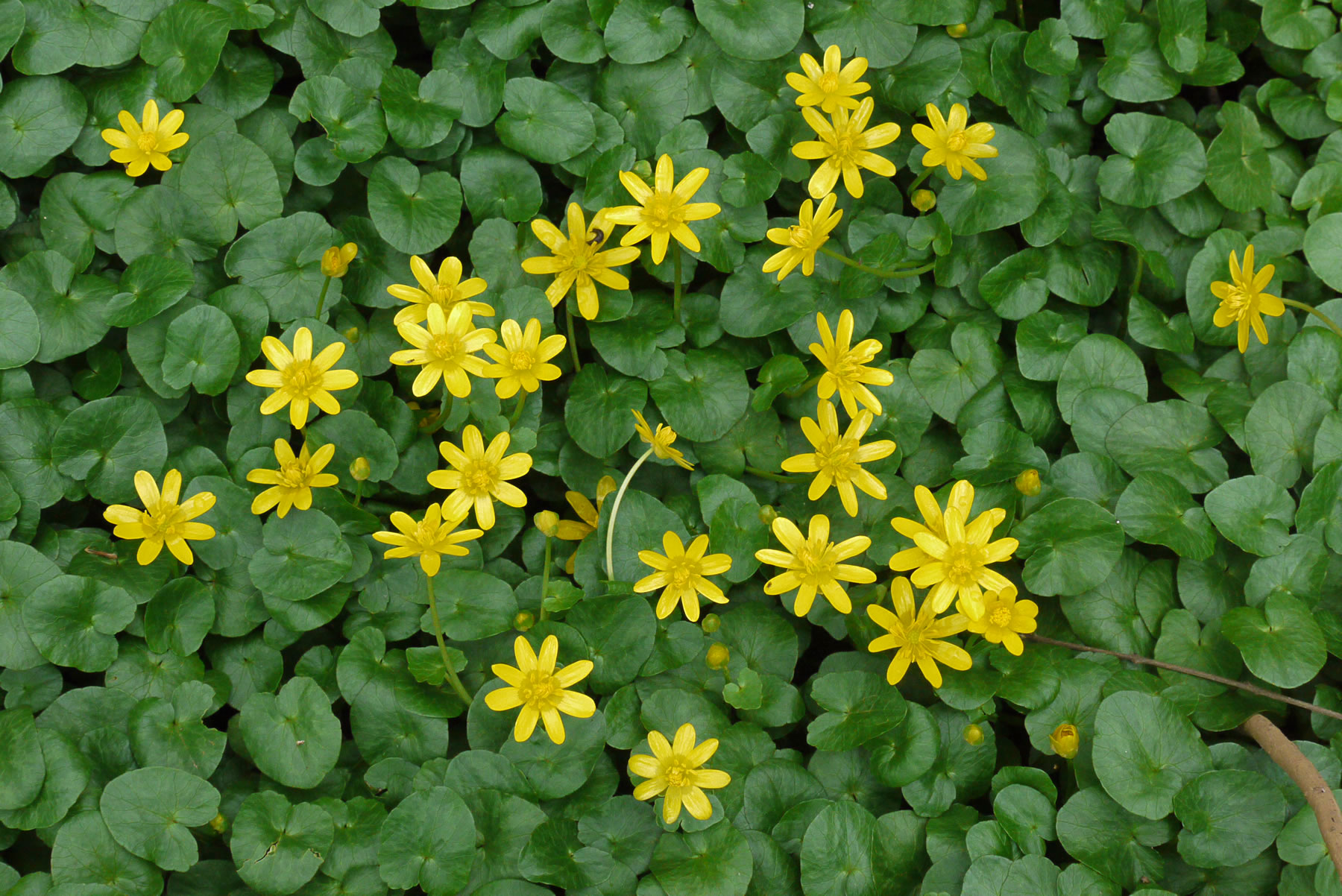Invasive Plant Control
Rise to the Challenge!
SCNPS supports control – and where possible, eradication – of invasive plants. Reducing, managing, and mitigating the damage from invasive plants is one of our core values and goes hand-in-glove with promoting the benefits of native plants and habitat diversity.
Here are some of the ways we do that:
An important part of our mission at the SCNPS is helping our communities understand the benefits of and dangers to our habitat diversity. We educate on how to identify, avoid, and eradicate invasive species in various ways, such as field trips, lectures, symposiums, webinars, articles and more. Check our calendar and local chapter notices for upcoming educational opportunities.
The best way to prevent invasives is to prevent their introduction. Regrettably, many commercial nurseries continue to offer for sale “non-native” plants that are on our state and national registers as invasive threats. We strive to inform our communities of the dangers of these plants and offer native alternatives that have similar characteristics, but without the threat of becoming an invasive plant.
Along with other agencies in our state, we act as a clearing house for detecting problems early and alerting the community and action agencies to spread the word quickly. One of our most effective strategies is eliminating invasive species before they spread.
We host and support numerous events annually where volunteers help to remove invasives from conservation areas and public lands. There our members and guests learn more about native plants and the invasives that threaten them, and get some exercise in the company of like-minded individuals. Within our website we’ve provided additional information on invasive plants, what the SCNPS is doing about them, and how you can help. Please view our calendar or subscribe to our newsletter to find out about upcoming invasive species removal events.
The Fig Buttercup Campaign
In 2013 members of the SCNPS became aware of a growing menace along the Reedy River in the Upstate which if left unchecked, would continue to spread all the way to the coastal regions. Our Upstate chapter notified the Upstate community, local and state officials by issuing a Fig Buttercup Alert. They also prepared and circulated a Ficara Fact Sheet to help educate the community on the problem and why immediate action was needed. Finally, we teamed up with a number of local organizations and the SC Department of Natural Resources to raise funding and organize volunteers for a multi-year eradication program.


